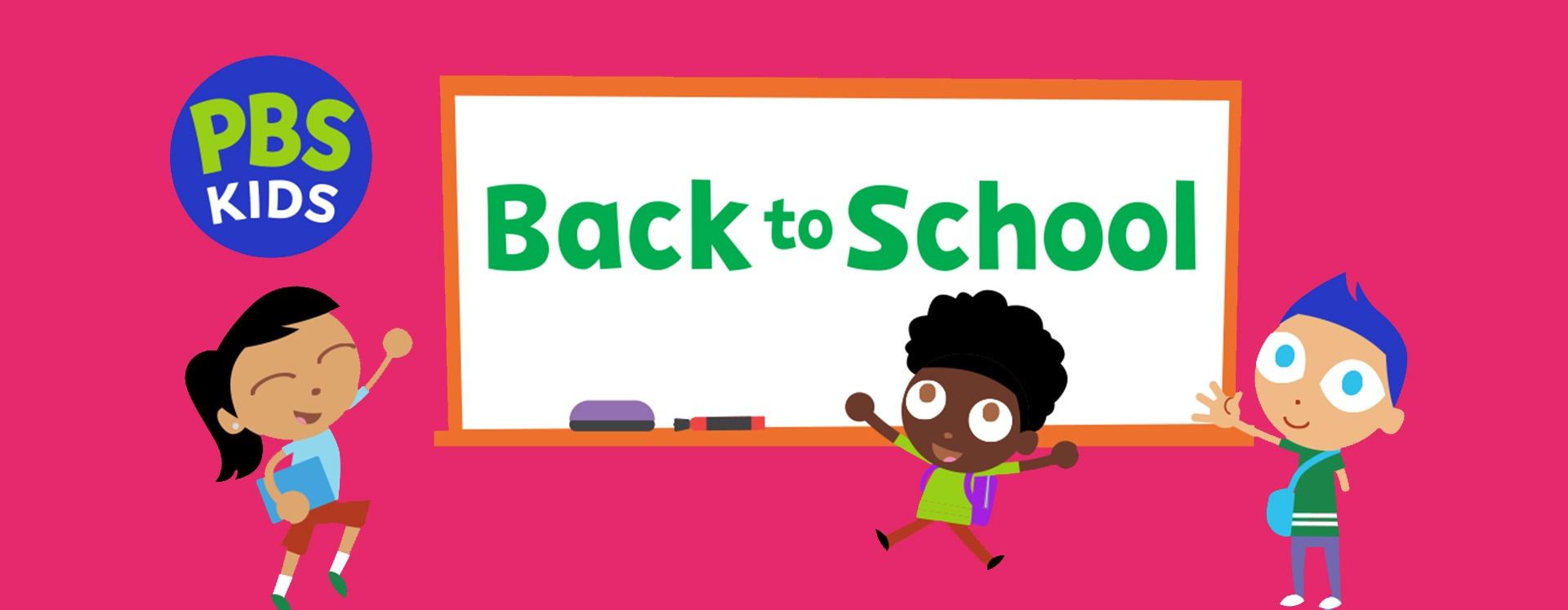—By Albert J. Sanders Jr., Adams Elementary, Saint Louis Public Schools
The start of school can be a challenging time for everyone involved in this transition. As we enter a new school year, teachers are excited and sometimes overwhelmed by the anticipation. There are orientations, lesson plans, open houses, rosters, family phone calls, room arrangements, name cards, cubby labeling, technology set-up, center set-ups, etc. These are just some of the activities I embark on at the beginning of the school year. Other educators may have similar activities or even more responsibilities on their plates, but I am here to share tips I use to help start the school year off strong.
If teachers are overwhelmed, think about what families are going through. Families are figuring out transportation, lunches, enrollment, arrival/dismissal times, and work schedules--all the while trying to get their kids excited for the new school year. And families trust us to help make this transition as easy as possible.
Families are also building relationships with new adults. “Don’t talk to strangers!” “Daddy will never leave you!” “Mommy loves you more than anything.” Students hear these messages from the day they are born. Teachers and parents must work together to figure out how to keep the tears and anxiety at bay to create a successful experience for children. Parents must prepare their children. Teachers must create a nurturing safe environment for their students.
7 Pre-K Back-to-School Tips
1. Be ready to share local resources and answer questions. I know teachers are overwhelmed by their own requirements, but, if you are able, share information like where the local health centers and before/aftercare facilities are located or the different transportation options available. Being able to answer these questions can alleviate parental worries and start to build strong parent-teacher relationships.
2. Have an in-person and/or virtual orientation. Before going into details and expectations, build the relationships. After reading the book, It Takes a Village, by Jane Cowen-Fletcher, I began working with all school-related personnel—from the custodian and cafeteria workers to the secretary and principal—to speak with families and develop relationships. Be sure to cover the nuts, bolts, and expectations, but always follow-up with some other type of communication to make sure families have the information they need. Remember: parents are more interested in knowing how you are going to take care of their children; the other stuff will happen in time.
3. Make YOUR classroom, your STUDENT’S classroom. Make sure to give students their space as well as label their cubbies, pencil boxes, seat, chairs. Have students bring in a picture of their families and have a family board. Have the students create artwork within the first couple of weeks that will become part of the class décor. When students are comfortable, teaching becomes easier.
4.Check In. Within the first couple of weeks of class, have personal, positive communication with all your families. Having this positive communication eases the tension when those hard conversations need to occur.
5. Build One-on-One Relationships with Students. For you to start building a relationship with each of your students, parents must leave. Students are going to CRY! This is their communication style, but make sure to reassure parents that this is ok.
6. Communicate Expectations. These are 36- to 48-month-old children; they need repetition. Share expectations with students one, two, three, four, five, six, seven times—or every day—until you think your class understands and remembers.
7. Tour the School. The first couple of weeks set the tone for the school year. As a teacher, I am ready to start “teaching” on day one and sometimes forget that some of these students have never been in a school environment. No matter their ages, students need to know their surroundings. Take a tour around the building/school. Make sure students are familiar with all school personnel they may encounter. I walk my students around the building. We visit different classrooms to meet all the adults in the building.
Professional Book Recommendations
1. Do You Know Enough About Me to Teach Me: A Student’s Perspective by Stephen G. Peters
This book looks at how students feel about school and their favorite teachers. Understanding how students can help educators build relationships.
2. Cultivating Genius: An Equity Framework for Culturally and Historically Responsive Literacyby Gholdy Muhammad
This book helps bring equity to the table through the lens of literacy. The power of relatable literacy can help teachers, students, and the classroom be successful.
3. Who Moved My Cheese? by Spencer Johnson
This book is focused on the power of change. As educators, we must be able to change. It may not be what you did last, but change may be beneficial for the students.
Read Aloud Recommendations
1. All Are Welcome by Alexandra Penfold
This book lets students know it does not matter who they are or what they look like, they are welcomed in the classroom.
Nine PBS Resource Recommendations
PBS LearningMedia.org offers educators and students access to an entire library of PBS shows and materials to use throughout the entire school year. The website can be searched by grade level, subject, and type of resource—including lesson plans, interactives, videos, and more.
PBS KIDS’s September Teacher Your Way Calendar is filled with resources aligned to monthly themes and skills for prek-2 students.



